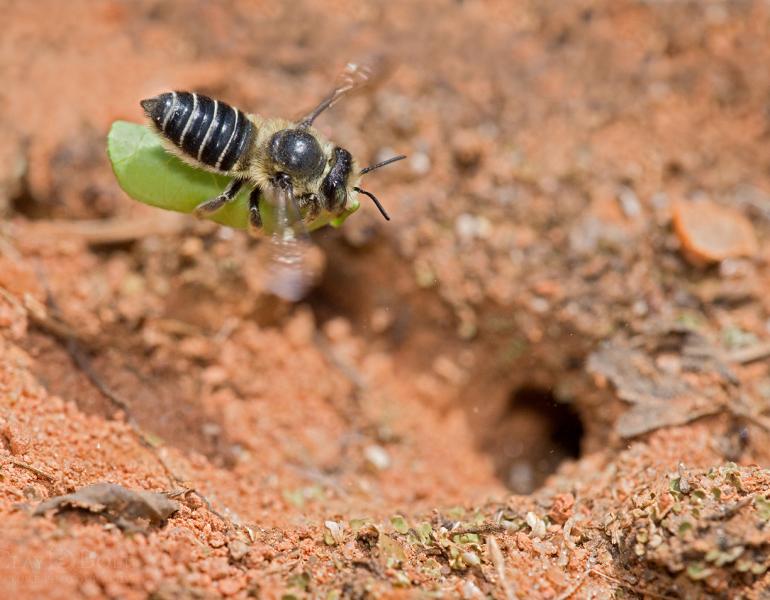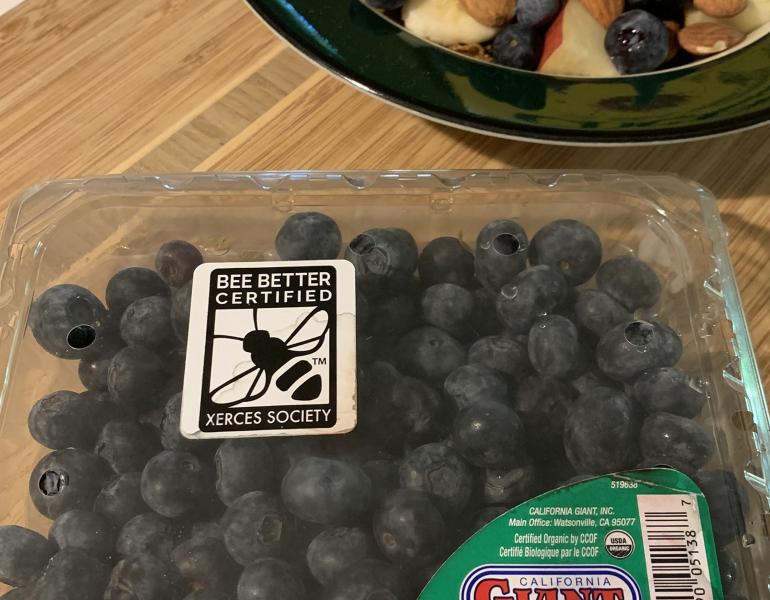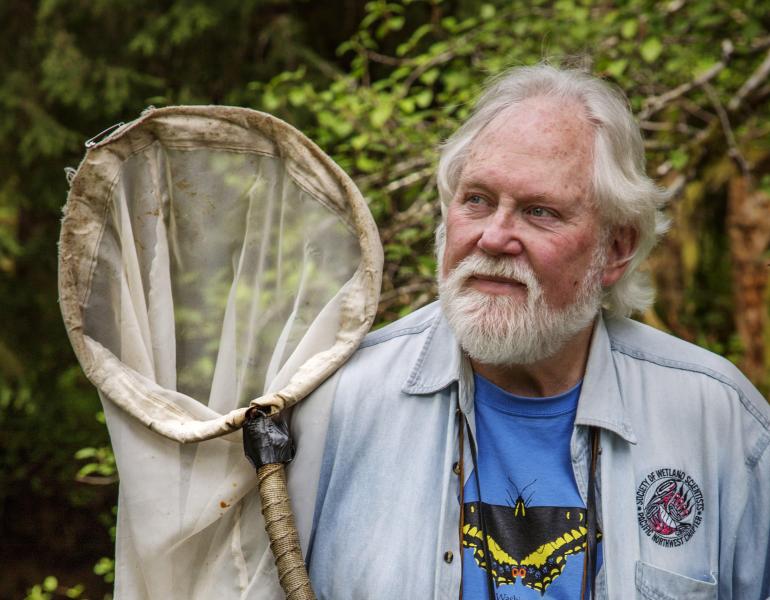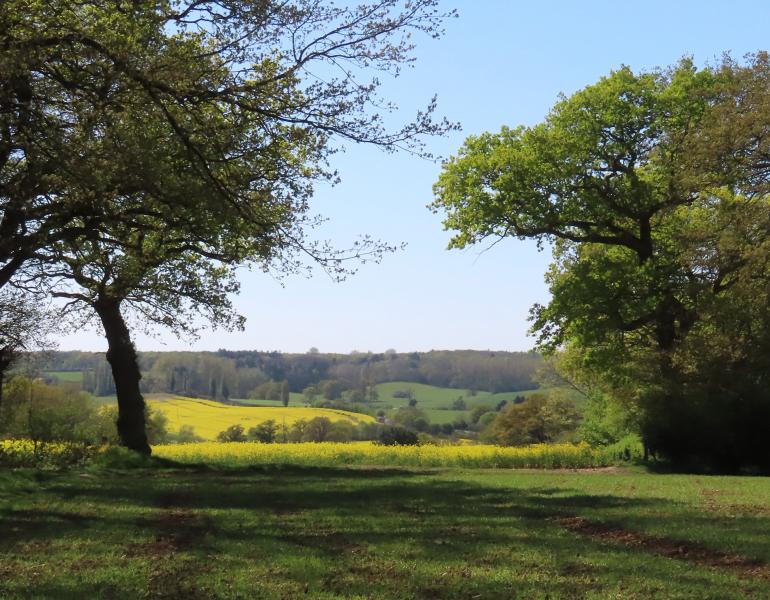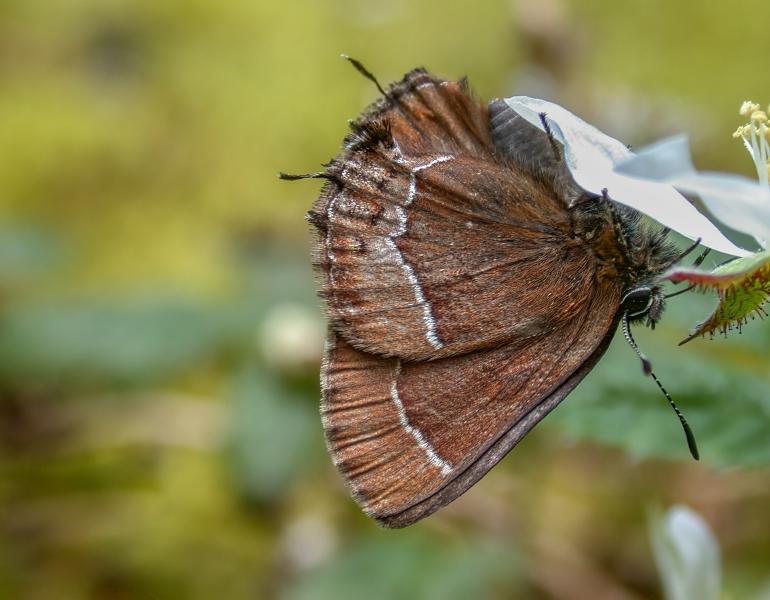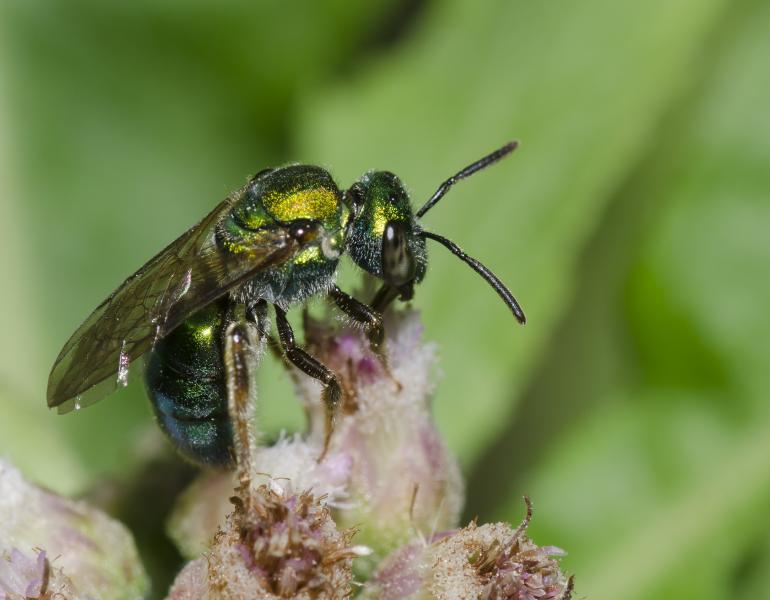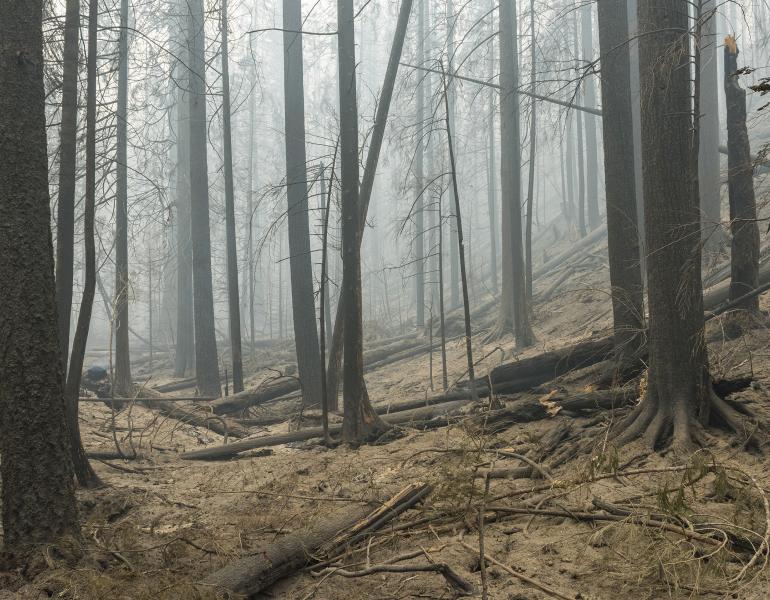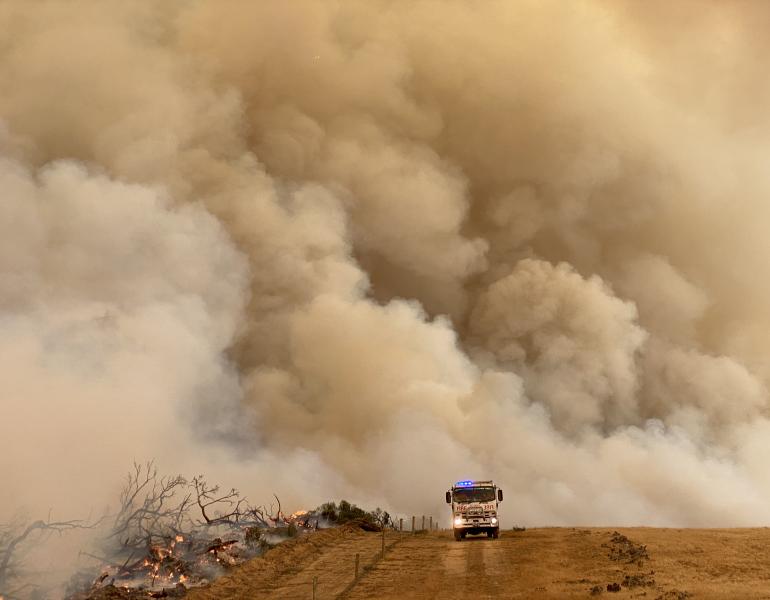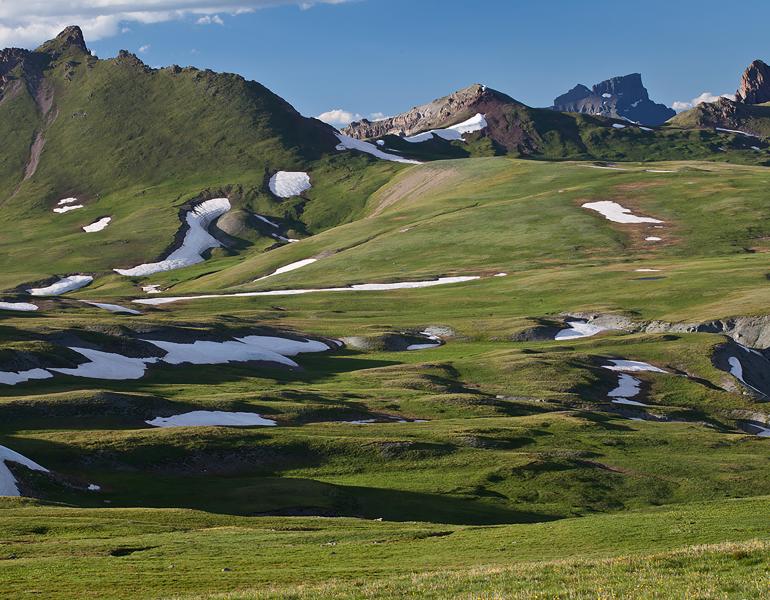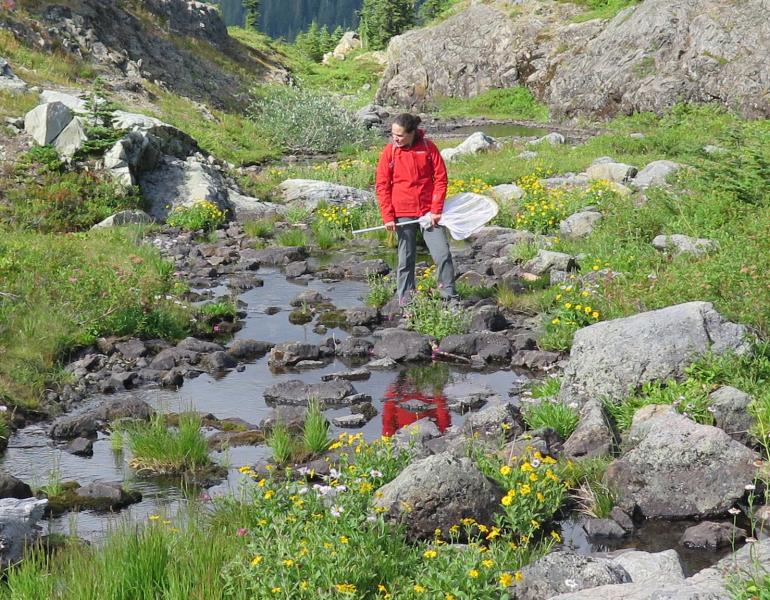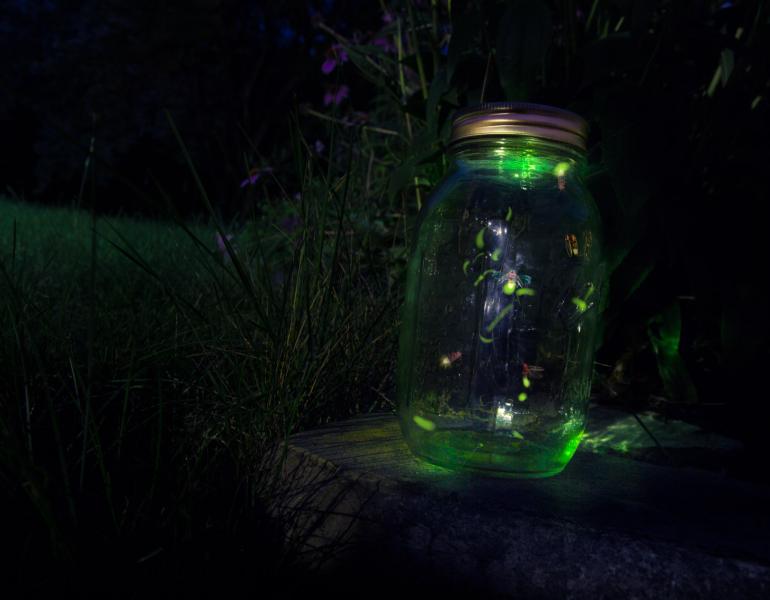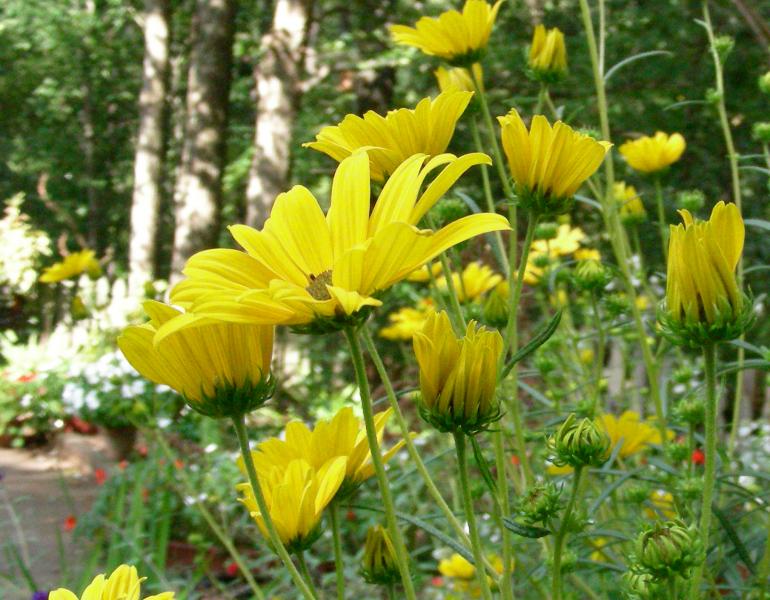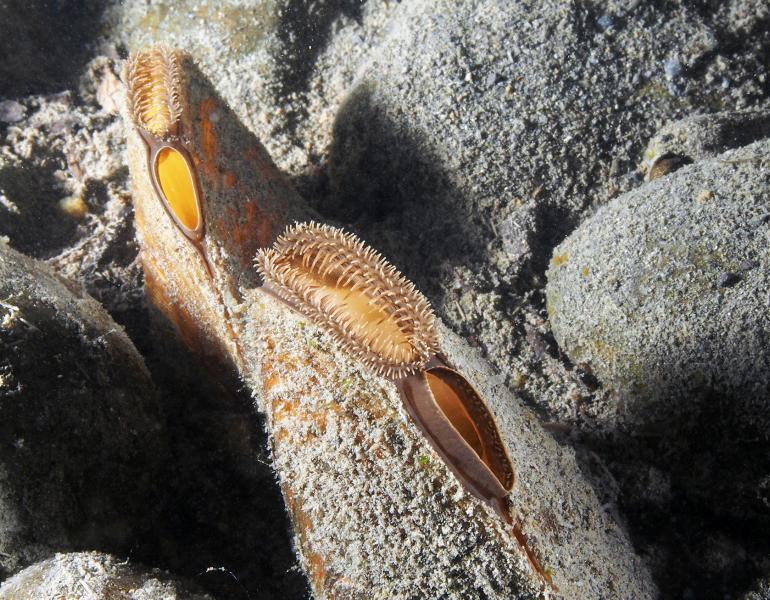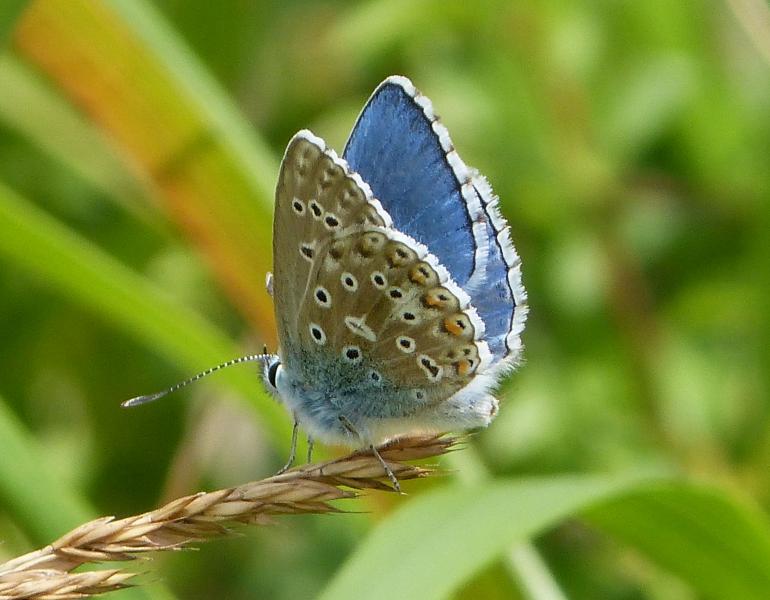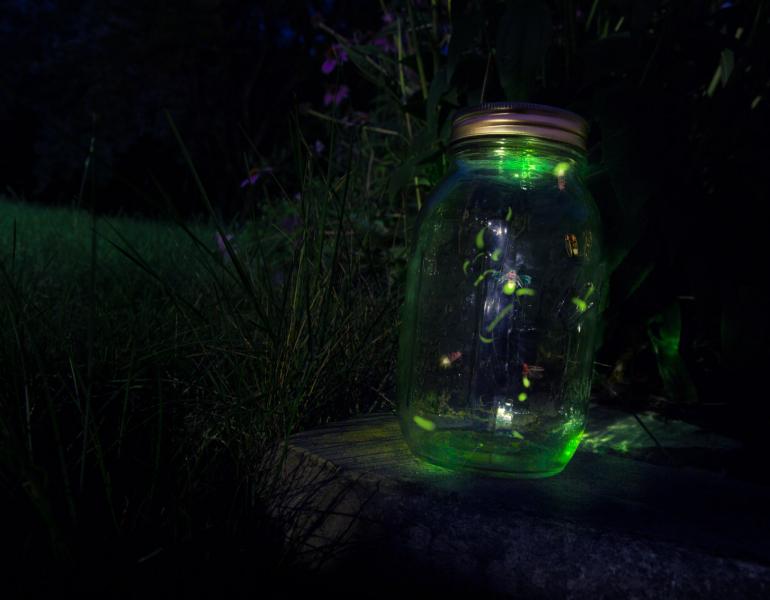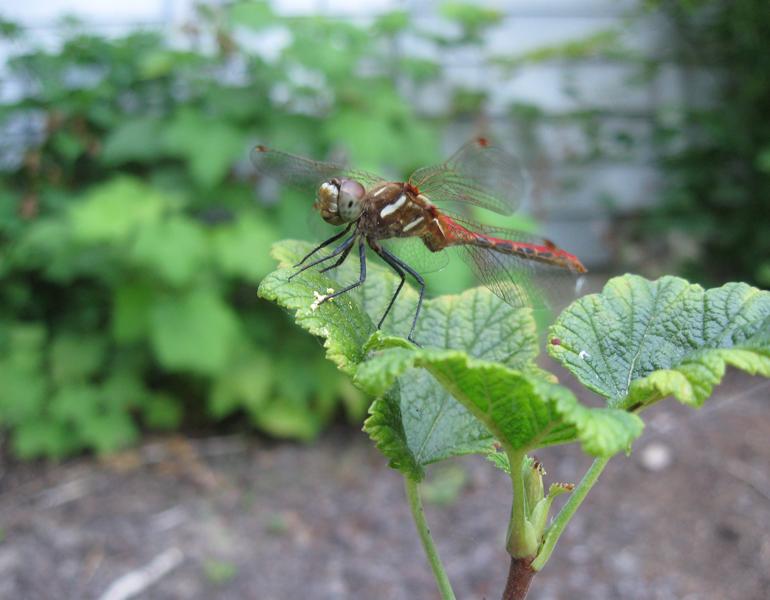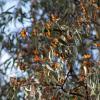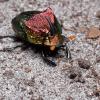Like us, insects are parents, siblings, homemakers, farmers, community members, and innovators. Like us, they can be resourceful, insightful, decisive, and prone to copy their peers. As we continue to energize more people to act on behalf of insects, these similarities matter. The stories and struggles of insects can help us to recognize their inherent value, regardless of their relationship to us.
Wings Magazine
Protecting Grassland Ecosystems from Insecticides
Grasshoppers play a central role in rangeland ecosystems and food webs. Herbivory by grasshoppers speeds up the recycling of nutrients from plants, and they are a vital part of the diet of dozens of other rangeland animals. Aerial spraying campaigns to control grasshoppers have wide impacts on rangeland ecology. Xerces staff are working to reduce spraying and protect rangeland wildlife.
Using Community Science to Conserve Bumble Bees: From Small Beginnings to a Continent-Wide Effort
As we mark Xerces' 50th year, we look at the ongoing effort to protect bumble bees. Xerces has adopted a multi-pronged approach: outreach and education to raise awareness, technical assistance with habitat restoration, advocacy to gain legal protection, and, the focus of this article, community science to gather data that informs our work.
Helping Bees by Growing a Better Food System
Consumer demand ultimately pulls along our entire food supply. Demand for a particular product will trickle all the way back to the farms where it comes from. Bee Better Certified allows consumers to change the food system to help bees through the power of their wallets.
People Who Shaped the Xerces Society: Robert Michael Pyle and Melody Mackey Allen
As part of marking our 50th anniversary, this blog celebrates two individuals whose work had—continues to have—a profound influence on the Xerces Society, helping shape it into the world-class organization it is today.
England’s Ancient Woodlands: Living Time Capsules
To many people, the roar of a chainsaw is a sound of alarm, not conservation. But for England’s surviving ancient woodlands, the chainsaw has become a valuable tool.
In Search of the Elusive Johnson’s Hairstreak
Old-growth forests are not exactly the habitat that comes to mind when you think of butterflies, but Johnson’s hairstreak calls these habitats home. It lives in the treetops, its larvae munching away at sprigs of mistletoe.
Bees of the Eastern Forests
Bees are generally thought of as creatures of open habitats, frequenting places with sunlight and plenty of flowers. But, given how much of the Eastern US was once blanketed in forests, shouldn’t there be some bee species that specialize on forest habitat? Research in New Jersey has shown that, indeed, many bees are forest associated, and that they are unlikely to persist in places where forests have been cleared.
Forests, Fires, and Insects
Fire has always been part of the ecosystems of the western United States, but the fires we are experiencing now are bigger and hotter than they used to be. This is partly because of years of fire suppression, but is also a result of the changing climate. Invertebrates from caddisflies to slugs to bees and butterflies are likely negatively affected, but we still have much to learn about the effects on these populations.
Mitigating the Effects of Climate Change On Grassland Butterflies
Grasslands provide important habitat for a range of butterflies, some of which rely on these open sunny habitats for survival. Climate change adds an extra layer of threat and concern.
Australia’s Green Carpenter Bee on the Brink
In late 2019, wildfires burned across Australia on an unimaginable scale, devastating towns and forests and pushing a rare bee closer to extinction.
Nature-Based Solutions: A Win for Both Biodiversity and the Climate
Natural areas support wildlife during a time of shifting weather patterns, and they also help with carbon sequestration. Protecting and creating habitat should be an integral part of our response to climate change.
Migrating Murals
Ink Dwell studio launched the Migrating Mural project in 2012 to celebrate animals that migrate, creating impossible-to-ignore artworks as monuments to the wonders of the natural world.
Xerces' Holistic Approach to Conservation
We at the Xerces Society view our work as an interconnected whole rather than as separate parts. To achieve conservation success, we must understand both science and policy. We need to inspire people and at the same time empower them with the tools they require.
Insect Apocalypse? What Is Really Happening; Why it Matters; and How We All Can Help
Studies from across the world show that insects are declining. There is much we do not know, but we do know enough to take action now.
Nature Close to Home: Reimagining Gardens to Support Invertebrates
Scott Hoffman Black, executive director of the Xerces Society, encourages gardeners to increase the diversity of native plants, ensure that there are places for insects to nest, and avoid using pesticides.
Managing Invertebrate-Friendly Gardens
Many Xerces Society members create wildlife gardens that are particularly hospitable to invertebrates. Here are three wonderful examples.
Bee City USA: Galvanizing Communities to Reverse Pollinator Decline
Collectively, urban and suburban areas have the potential of offering millions of acres of life-giving habitat to pollinators.
Mitigating the Effects of Heat on Urban Pollinators
Climate change will bring higher temperatures and greater extremes in weather, as well as increases in the frequency and intensity of heat waves. These variations will be exacerbated in cities in ways that may spell trouble for bees.
Are Freshwater Mussels in Hot Water?
Freshwater mussels play an important role in maintaining water quality in creeks. Climate change is altering water conditions, impacting the mussels and the fish on which they rely for part of their life cycle.
A Shifting Climate Creates Winners and Losers
We are already observing impacts on some species that are emerging earlier or whose distributions are changing, but it is difficult to characterize how insects as a whole will be impacted: some species will benefit while most will lose out.
The Striking Beauty of Oklahoma’s Butterflies
Oklahoma’s impressive butterfly fauna of more than 170 species includes the nation’s largest and the smallest, and representatives of all six major butterfly families.
Ups and Downs of English Chalk Grasslands
About a third of Britain’s sixty resident butterfly species may be encountered on chalk grasslands, but it is a handful of blues—common, chalkhill, small, and Adonis—that may be most characteristic of this habitat.
Keeping the Lights Burning: The Status of Fireflies in the United States and Canada
Fireflies are well loved, but they may be in trouble. Xerces will continue to seek a better understanding of these enchanting animals and how best to protect them.
Can Robobees Solve the Pollination Crisis?
Focusing solely on crop pollination and failing to take the pollination of native plants into account may well lead to a deterioration in the plant communities that make up the very fabric of our environment.
Lincoln Brower: A Life Well Spent
Remembering a ground-breaking monarch researcher, a passionate advocate for monarchs, and a beloved member of the conservation community.
How Our Gardening Choices Affect the Health of Our Waterways
Pesticide Program Director Aimee Code shares thoughts on her garden, information about pesticide impacts to our watershed, and news about upcoming Xerces projects in this article from Wings Magazine.
The Crystal Skipper: North Carolina’s Newest Butterfly Species
Last week, a butterfly found along the North Carolina coast was officially named as a new species.

